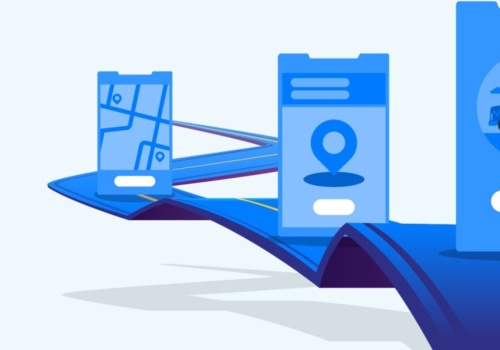In the world of business, website design is an important factor in the success of any company. It is essential to understand the costs associated with website design and how they can be capitalized on. This article will provide a comprehensive guide to website design and capitalization. When it comes to a website, all costs associated with web and software development, graphic design, and content development are capitalized on.
These costs are included in the balance sheet and amortized. Operating costs such as hosting, ongoing maintenance, and annual domain renewal fees are expenses incurred. Capitalizing on the costs associated with the visual impact of the website and its readability is important. This stage includes designing the site with backgrounds, fonts, frames, and buttons.
Accounting for website development costs depends on the current stage of site development. At the planning stage and once the website is completed, all costs are charged as incurred; however, at the website development stage, the orientation is not as clear. Website updates and improvements can be capitalized on, but only if additional features are added. The creation of a completely new website or the creation of significant new functionality for that website will be included in capital expenditures. Typically, the cost incurred in creating, designing, developing, and programming a website will be treated as a capital asset.
This is also when companies can purchase all the hardware needed to support the website. These purchases will follow existing capitalization policies and will be included in the balance sheet and amortized. According to International Accounting Standards Board (via IAS 38 and SIC 3), different stages of website creation should have different accounting treatments. The initial planning stage is an expense and is included in the profit and loss statement. The construction of the website must be capitalized as an asset on the balance sheet. Any subsequent updates made to the content of the website will be considered an expense.
The cost of a website includes all development costs for web and software, graphic design, and content creation. All of these costs are capitalized on but operating costs such as hosting, ongoing maintenance, and domain renewal fees are incurred. Even though professionally designed websites can be expensive, you can deduct several of the costs associated with their development on your tax return. According to the 60-month design-by-design and amortization method (“design method”), taxpayers must capitalize on the costs of developing or modifying any package design if the asset created by those costs does not have a verifiable useful life or a verifiable useful life that extends substantially beyond that. In the event that a taxpayer pays an interior designer to purchase furniture and accessories and to make recommendations on a new office design, these costs should be included in the cost of furniture and accessories. It's common for companies to spend money on acquiring, designing, maintaining, and marketing their websites. While professionally designed websites come at a cost, you can deduct several from website development costs.
It will treat the costs of creating a website in the same way as computer software if a company uses a third party to design, develop, create, and program the website. As a result, more organizations are making decisions to create an effective online presence that not only achieves their goals but also incorporates an intuitive interactive design that draws attention. A large amount of money can also be spent on a website with custom graphics and interactive features. A website designed for external access can be used for various purposes such as promoting and advertising products and services of any company, providing electronic services, selling related products and services.
To determine whether website design is a capital expense or revenue expense one must be clear of terms...




